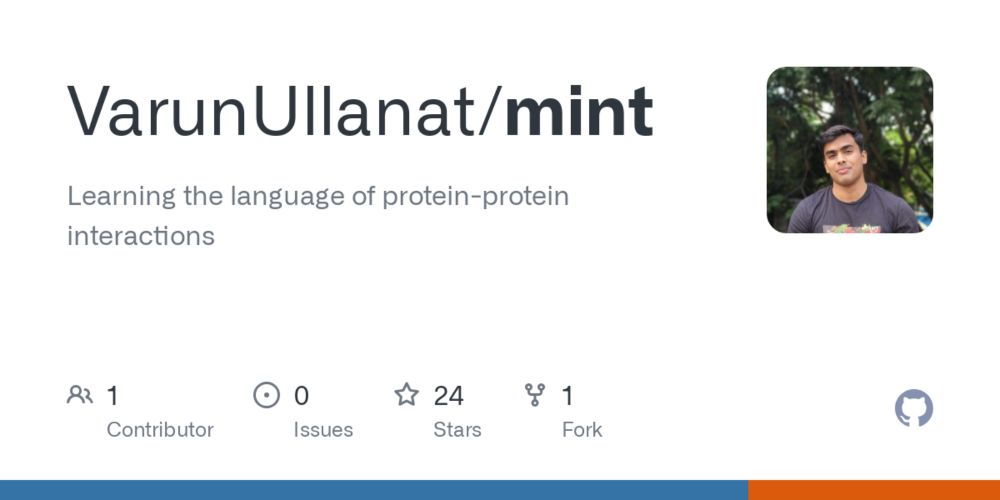Bonnie Berger Lab
@bergerlab.bsky.social
69 followers
6 following
10 posts
The Berger lab at @csail.mit.edu works on a diverse set of problems in computational biology and biomedicine. Account run by lab members. https://people.csail.mit.edu/bab/
Posts
Media
Videos
Starter Packs



